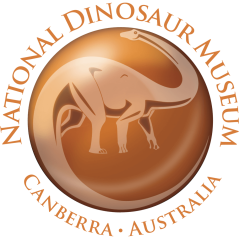Meet the Mighty Mosasaurus

Imagine swimming in the ancient oceans about 70 million years ago, during the time of the dinosaurs. One of the fearsome creatures you might have encountered is the Mosasaurus. These incredible reptiles ruled the seas and were mighty predators. Let’s dive into the world of the Mosasaurus and learn all about this amazing marine reptile!
What is a Mosasaurus?
A Mosasaurus was a type of Mosasaur – a marine reptile that lived during the Late Cretaceous period- approximately 88 million to 66 million years ago. These creatures could grow up to 15 metres long, which is almost half the length of a football field!
Mosasaurus had a sleek and streamlined body that made it an excellent swimmer. Its four limbs were modified into flippers, helping it navigate through water with ease. Instead of claws, it had powerful, paddle-like limbs. Its long tail had a fluke similar to those of modern sharks, allowing for swift and agile movements.
Diet and Habitat
Mosasaurus was an apex predator, meaning it was at the top of the food chain. Its diet included fish, squid, Ammonites (spiral shaped sea ceatures) and other smaller marine reptiles. With its strong jaws and sharp teeth, the Mosasaurus could easily catch and devour its prey.
Mosasaurus lived in oceans all around the world, they were well-adapted to life in the sea, thriving in various marine environments.
As a top predator, the Mosasaurus was likely a solitary hunter, its excellent swimming skills and powerful bite made it a formidable force. It might have used ambush tactics to catch its prey, hiding and then launching swift attacks.
Fascinating Facts
- Super Swimmer: Mosasaurus could glide through the water effortlessly thanks to its streamlined body and flippers.
- Big Bite: With up to 100 sharp teeth, Mosasaurus had a bite strong enough to crush shells and bones.
- Ancient Relatives: Mosasaurus is related to modern-day monitor lizards and snakes.
Mosasaurus Fossils
When a Mosasaurus died, its body sank to the bottom of the ocean. Over time, mud and sand covered the remains, protecting them. Minerals in the mud seeped into the bones, turning them into rock. Millions of years later, erosion or digging exposed these fossils, allowing scientists to study them.
Studying Mosasaurus helps scientists learn more about the ancient oceans and the incredible creatures that lived there. It’s like piecing together a giant prehistoric puzzle!
Find out more about the Mosasaur at National Dinosaur Museum, we have a life-size Mosasaur replica skeleton and skull on display.
References:
- National Geographic:
- Australian Museum:
- Science Daily:
- Palaeontological Association:
